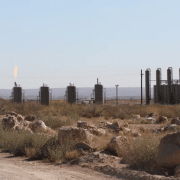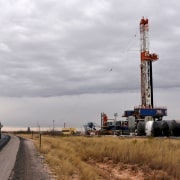Oil and gas operations in the Permian Basin – shared by southeast New Mexico and West Texas – boomed in recent years with wells sprouting up around the state line between the two states.
Wells even crossed state lines, being drilled horizontally from origin points in either New Mexico or Texas and stretching up to 10 miles across the border.
They are ensuring such wells follow the regulations of both states. New Mexico’s Oil Conservation Division (OCD) and the Texas Railroad Commission (RRC) signed an agreement. They will regulate interstate oil and gas facilities in tandem.
A memorandum of understanding (MOA) was signed by the two regulators last month. This is to require they both get adequate reporting and compliance from oil and gas operators that cross the state’s border.
Click here to read the full article
Source: Carlsbad Current-Argus
If you have further questions about the topic related to Permian Basin Oil and Gas Wells, feel free to contact us here.









